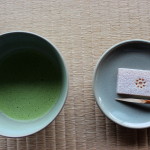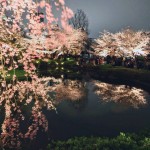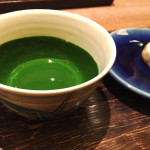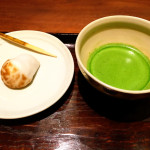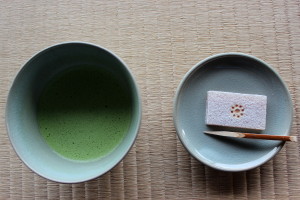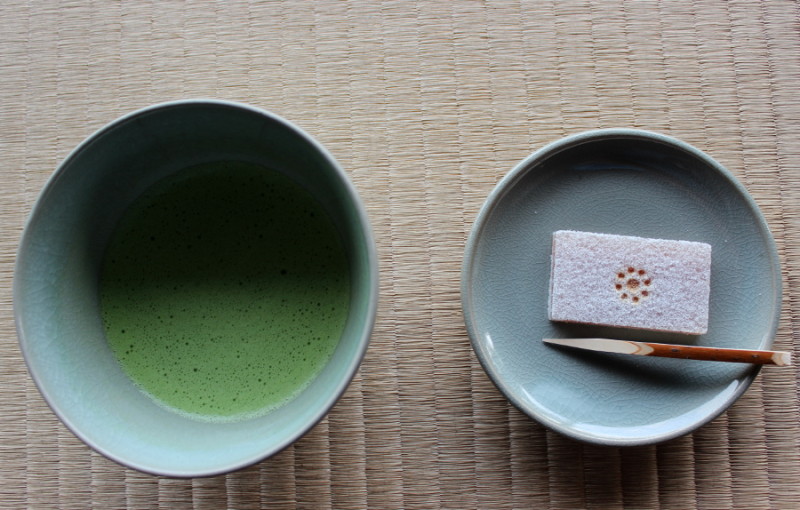
Tea ceremony was developed as a social activity among high-class men. They gathered and discussed various topics with a course of meal and tea. Senrikyu established that gathering as an ceremonial art in 16th century, having defined the manner and encouraged participants to appreciate the decoration and equipment used during the ceremony. Tea ceremony since 17th century functioned like salons in France in 18-19th century where people exchanged cultural and intellectual knowledge.
Today, tea ceremony is regarded one of the most important art in Japan because it is a comprehensive art that forms bases of Japanese art. Many other arts like room decorations, flower arrangements, calligraphy, tea related equipment, kaiseki dishes and sweets were invented or improved as tea ceremony was developed. Read More

